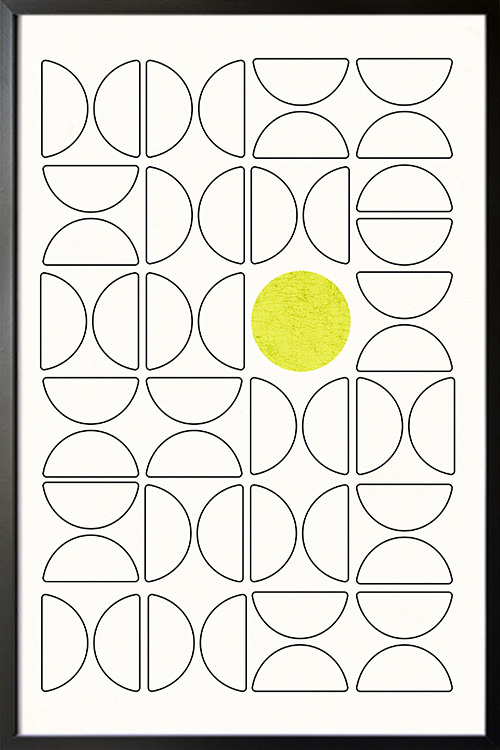
Bauhaus Dot Yellow print is a unique piece that features line art of geometric figures with a bright yellow dot at the center, adding a fun and modern touch to any room. Hang it in your living room, bedroom, or office for a touch of contemporary style that’s sure to catch the eye. Don’t be afraid to mix and match with other prints or colors to create a personalized gallery wall that reflects your unique taste and personality. Upgrade your decor with our Bauhaus Dot Yellow print today!

Bauhaus Dot Blue print is a unique piece that features line art of geometric figures with a striking blue dot at the center, adding a touch of color and intrigue to any room. Perfect for those who appreciate clean lines and minimalist design, this print is sure to spark conversation and admiration from all who see it. Whether displayed in a gallery wall or as a standalone statement piece, the Bauhaus Dot Blue print is a must-have for those with an eye for contemporary art. Add a touch of sophistication and style to your home with this one-of-a-kind print today!

Bauhaus Dot Blue print is a unique piece that features line art of geometric figures with a striking blue dot at the center, adding a touch of color and intrigue to any room. Perfect for those who appreciate clean lines and minimalist design, this print is sure to spark conversation and admiration from all who see it. Whether displayed in a gallery wall or as a standalone statement piece, the Bauhaus Dot Blue print is a must-have for those with an eye for contemporary art. Add a touch of sophistication and style to your home with this one-of-a-kind print today!

Seeking a unique and contemporary piece of art to add a touch of style to your space? The Bauhaus Dot Green print is a cool design featuring sleek line art of geometric figures, with a bold green dot nestled within. The combination of clean lines and vibrant color adds a pop of personality to any room, making it the perfect statement piece for your home or office. Whether you’re a fan of minimalist decor or just want to add a touch of contemporary flair, this print is sure to catch the eye of all your guests. Upgrade your space today and let your style shine!
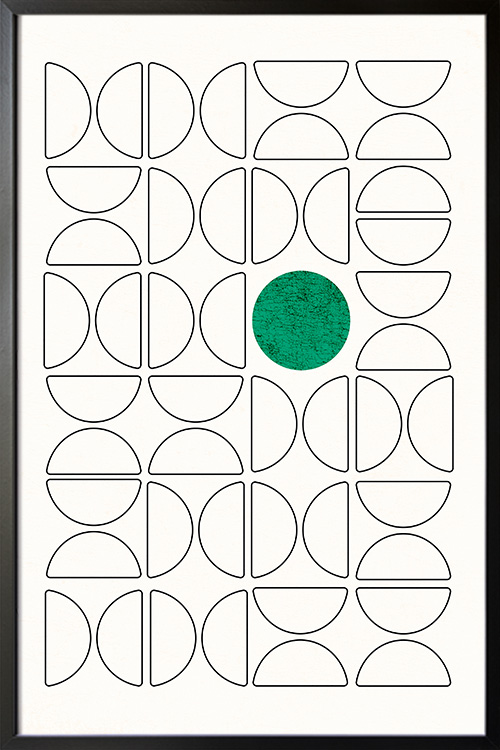
Seeking a unique and contemporary piece of art to add a touch of style to your space? The Bauhaus Dot Green print is a cool design featuring sleek line art of geometric figures, with a bold green dot nestled within. The combination of clean lines and vibrant color adds a pop of personality to any room, making it the perfect statement piece for your home or office. Whether you’re a fan of minimalist decor or just want to add a touch of contemporary flair, this print is sure to catch the eye of all your guests. Upgrade your space today and let your style shine!
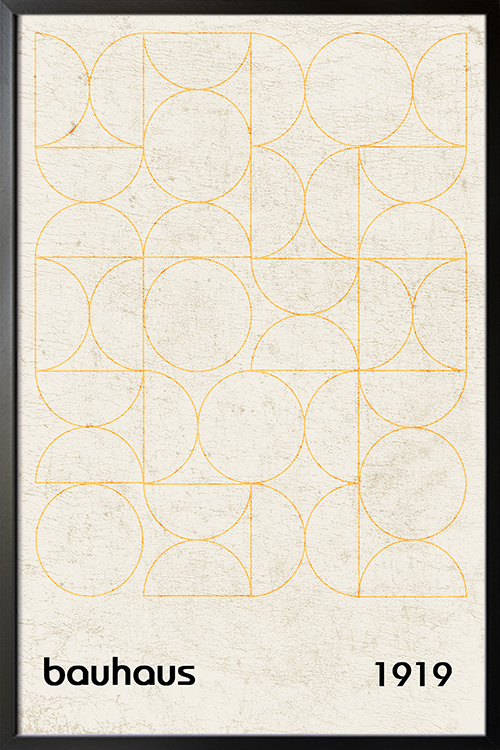
Bauhaus Inspired 1919 No. 4 art print is a minimalist geometric abstract piece is sure to bring a sleek and sophisticated vibe to any room. With its clean lines and bold shapes, this print is a perfect way to add a contemporary flair to your home or office. Whether you’re a fan of the classics or just looking to freshen up your decor, this print is sure to make a statement. So why wait? Add a touch of Bauhaus style to your space today with our 1919 No. 4 art print!
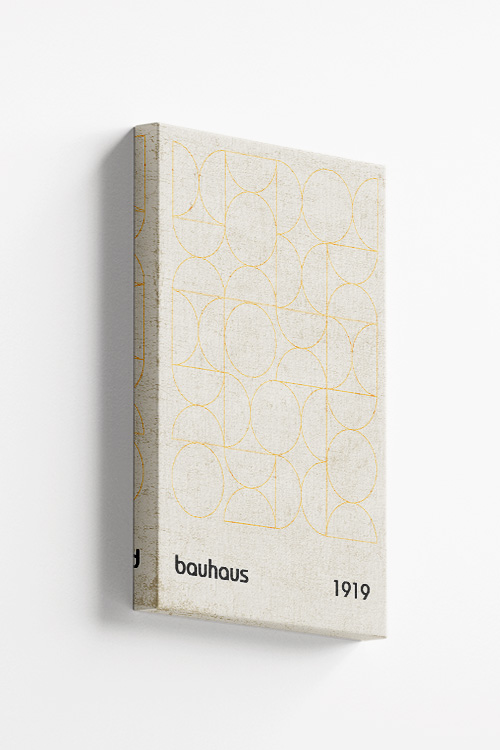
Bauhaus Inspired 1919 No. 4 art print is a minimalist, geometric, abstract piece that is sure to bring a sleek and sophisticated vibe to any room. With its clean lines and bold shapes, this print is a perfect way to add a contemporary flair to your home or office. Whether you’re a fan of the classics or just looking to freshen up your decor, this print is sure to make a statement. So why wait? Add a touch of Bauhaus style to your space today with our 1919 No. 4 art print!
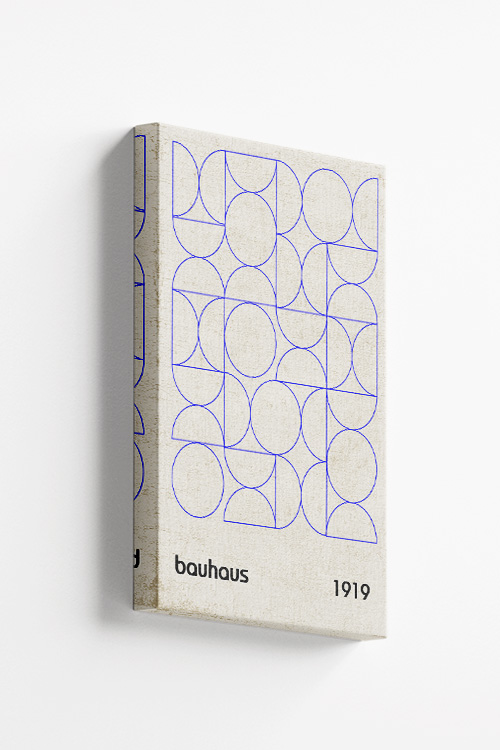
The Bauhaus Inspired 1919 No. 5 art print is a minimalist masterpiece featuring a captivating display of geometric shapes outlined in a calming shade of blue. The clean lines and precise angles evoke a sense of order and simplicity, making it the perfect addition to any contemporary decor. Embrace the timeless elegance of Bauhaus design with this striking piece that effortlessly blends art and geometry.
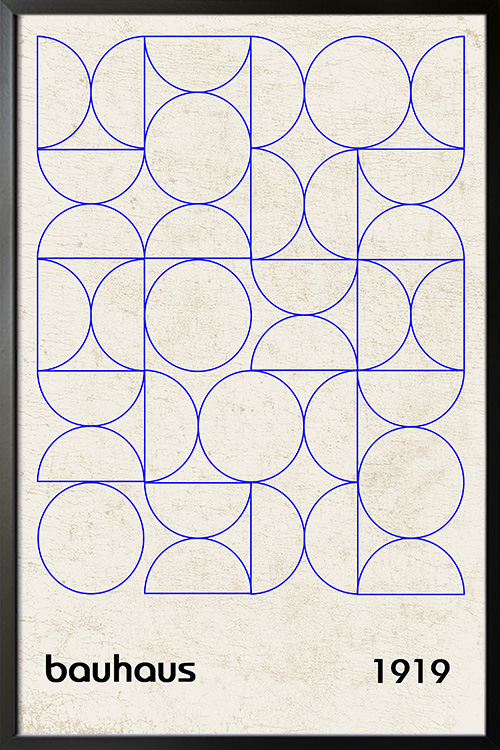
The Bauhaus Inspired 1919 No. 5 art print is a minimalist masterpiece featuring a captivating display of geometric shapes outlined in a calming shade of blue. The clean lines and precise angles evoke a sense of order and simplicity, making it the perfect addition to any contemporary decor. Embrace the timeless elegance of Bauhaus design with this striking piece that effortlessly blends art and geometry.
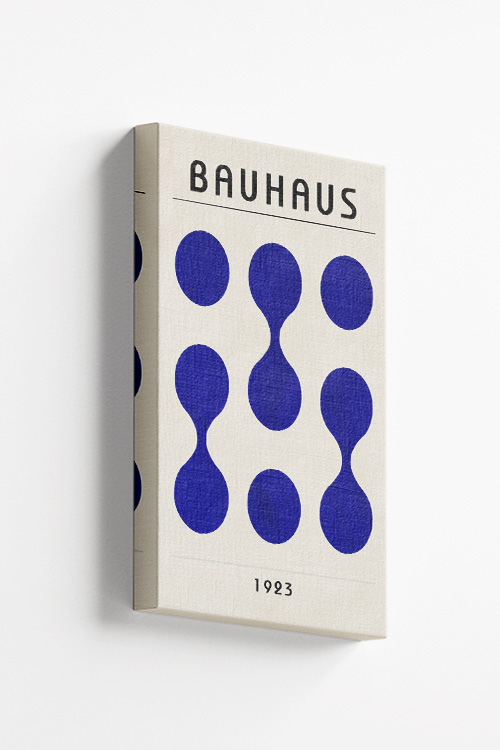
“Bauhaus Inspired 1923 No. 2” art print is a stunning representation of geometric abstract art, featuring a mesmerizing display of spherical shapes in a serene shade of blue. This piece exudes a sense of sophistication and modernity, drawing inspiration from the iconic Bauhaus movement of the early 20th century. The harmonious composition of circles and curves creates a sense of balance and harmony, making it a perfect addition to any contemporary space.














